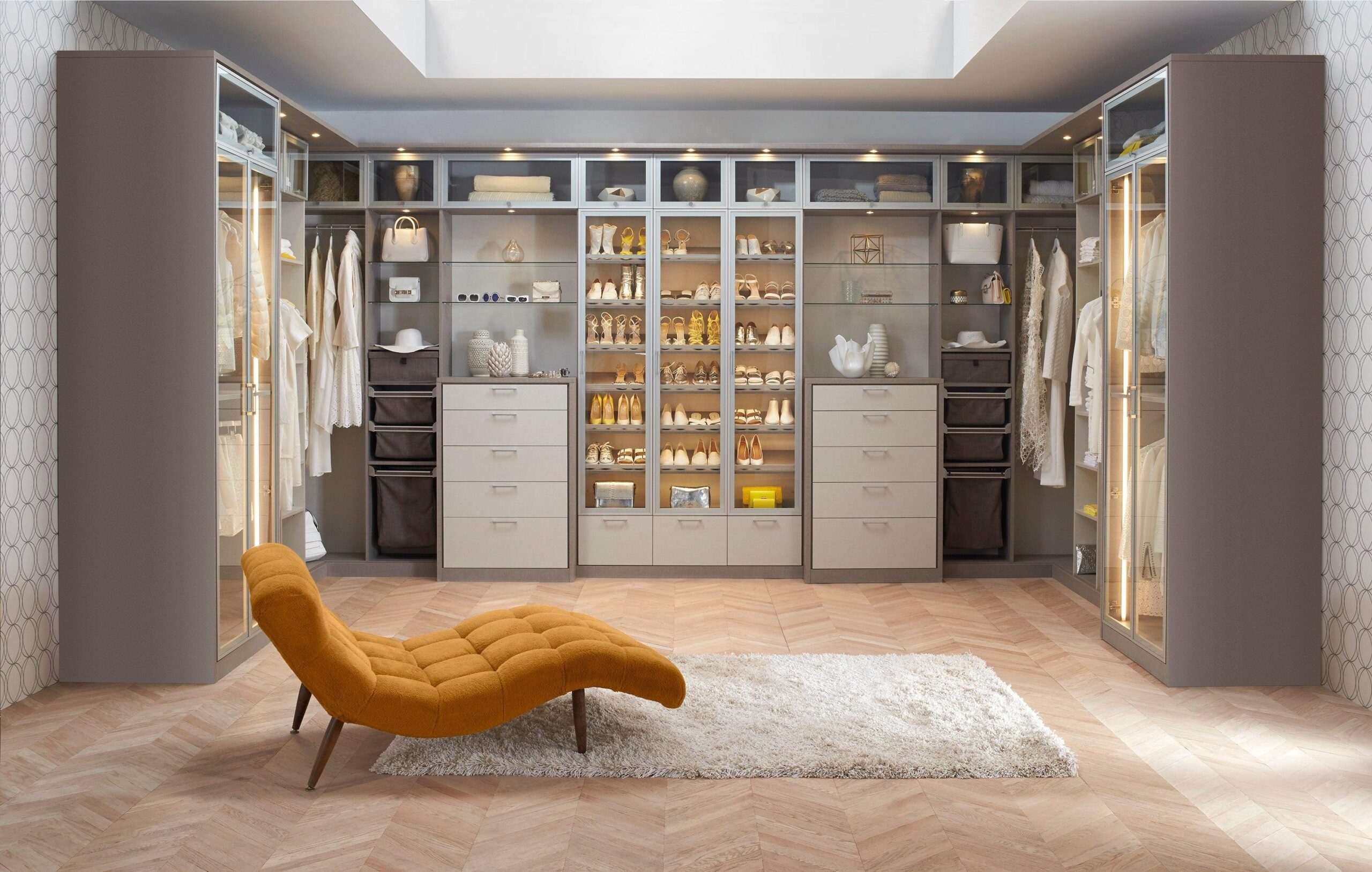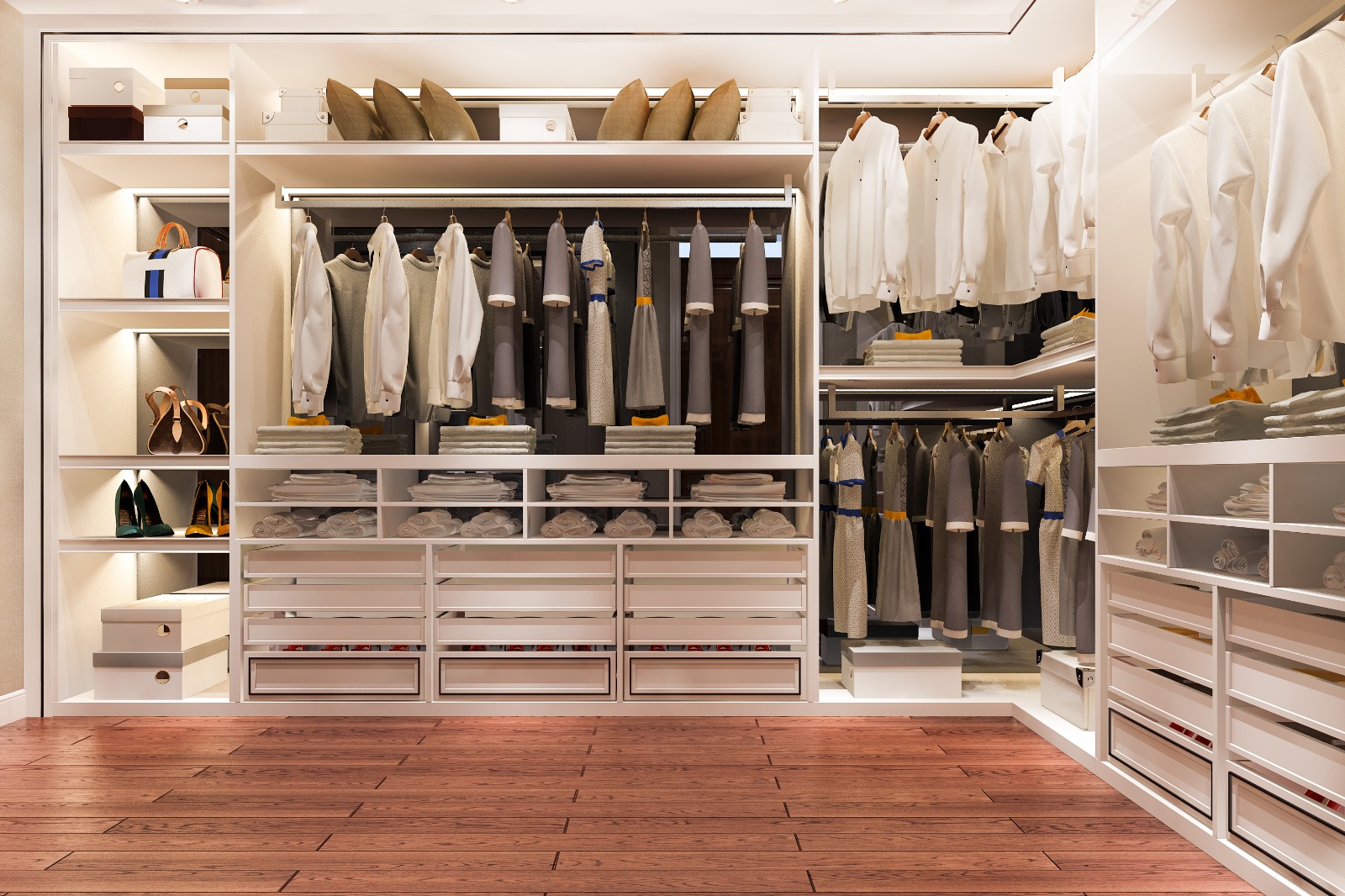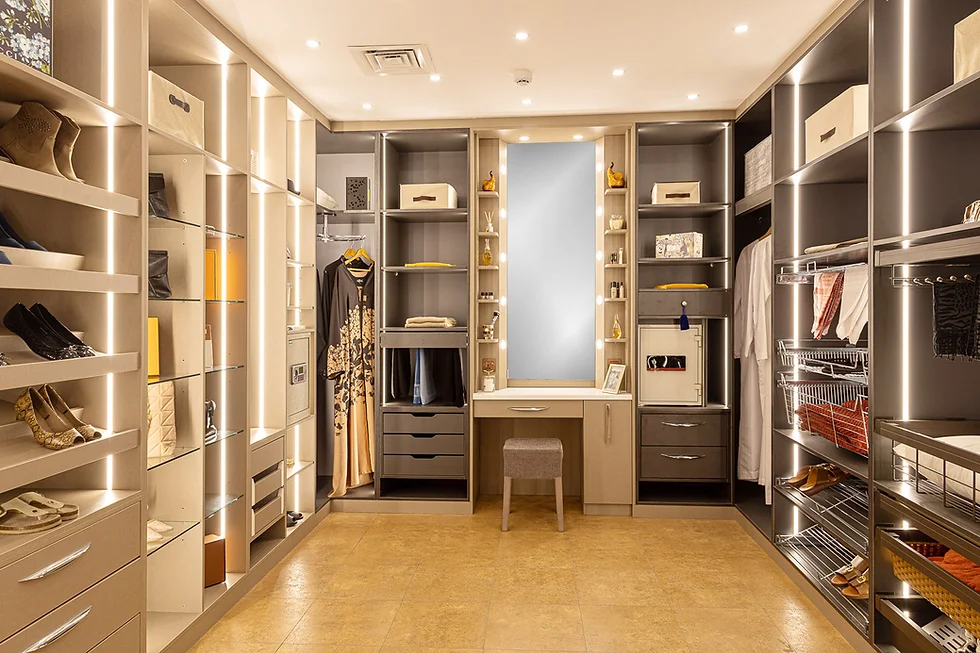A well-designed closet is not just a storage space – it’s a place in your home that reflects your personal style, maximizes organization, and enhances your daily routine.
Custom closets offer the ultimate in functionality, flexibility, and aesthetics, allowing you to create a personalized storage solution that meets your unique needs and preferences.

In this guide, pros at Northeast Design and Build, Providence, RI, explore key considerations for designing your unique closet, helping you transform a mundane storage space into a luxurious and organized place for your wardrobe and belongings.
1. Assess Your Storage Needs
Before embarking on the design process, take the time to assess your storage needs and inventory your wardrobe and belongings. Consider the types of items you need to store, including clothing, shoes, accessories, and other personal items, as well as any special requirements or preferences you may have. This will help you determine the size, layout, and features, and ensure that it meets your functional requirements.
2. Maximize Space Efficiency
Custom closets are designed to maximize space efficiency and make the most of every inch of available storage space. Consider incorporating space-saving features such as built-in shelving, drawers, hanging rods, and accessory organizers to optimize storage capacity and keep your belongings neatly organized and accessible. Utilize vertical space by installing floor-to-ceiling cabinetry or shelving units, and make use of corners and alcoves with custom-built storage solutions tailored to fit your space perfectly.
3. Choose Quality Materials and Finishes
The materials and finishes you choose can have a significant impact on its durability, functionality, and aesthetic appeal. Opt for high-quality materials such as solid wood, plywood, or melamine for the construction of your closet components, as these materials are durable, long-lasting, and resistant to wear and tear. Choose finishes and hardware that complement your home’s decor and reflect your personal style, whether you prefer a sleek modern look or a more traditional aesthetic.

4. Consider Customization Options
One of the biggest advantages is the ability to tailor every aspect of the design to suit your specific needs and preferences. Think about incorporating features such as adjustable shelves, pull-out racks, shoe cubbies, and jewelry drawers to tailor your closet to your lifestyle and storage requirements. Work with a design-build company that specializes in unique closet solutions to explore the full range of customization options available and create a closet that is truly one-of-a-kind.
Read also: Preparing Your Home for Winter: Areas That Demand a Deep Clean
5. Incorporate Lighting and Accessories
Lighting plays a crucial role in creating a functional and inviting closet space, so be sure to incorporate adequate lighting solutions into your design. Install overhead lighting fixtures, LED strip lighting, or motion-activated lights to illuminate dark corners and enhance visibility. Additionally, don’t forget to include accessories such as full-length mirrors, valet rods, and built-in seating to add convenience and functionality to your closet space.
6. Plan for Future Needs
When designing your custom closet, it’s essential to consider your future needs and anticipate any changes or additions to your wardrobe over time. Choose a flexible design that can adapt to your evolving storage requirements and accommodate any lifestyle changes or preferences. Incorporate adjustable shelving, modular storage components, and expandable systems that can be easily modified or reconfigured as needed to ensure that your closet remains functional and relevant for years to come.

7. Work with Experienced Professionals
Designing a custom closet is a significant investment, so it’s essential to work with experienced professionals who understand your vision and can bring it to life with precision and craftsmanship. Choose a design-build company with a proven track record of success in creating one-of-a-kind closet solutions and a portfolio of satisfied clients. Collaborate closely with your design team to communicate your needs, preferences, and budget constraints, and trust their expertise to guide you through the design process from concept to completion.



